ASIC case lays bare inner workings of Australian tennis
A plan was allegedly hatched to ensure the country’s highest-rating TV company kept the rights to the Australian Open.
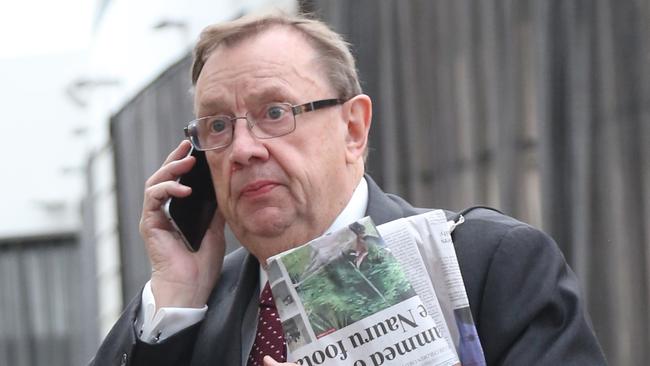
It is the sweetheart broadcast rights deal that could ruin the reputation of one of Australia’s most high-profile and wealthiest business identities, while embroiling billionaires, legal bosses, executives and an entire sport in the controversy.
An alleged plan hatched to ensure the country’s highest rating television company maintained the lucrative rights to the Australian Open tennis tournament each January, with an aggressive display that reveals the bitter battles that can unfold for sports rights.
One that ultimately provided Seven West Media with the ideal platform to launch into the ratings season at a price less than that offered by its competitors.
One so important to Seven that discussions reached as high as billionaire Seven chairman Kerry Stokes, involved constant dialogue between then Tennis Australia vice-president Harold Mitchell and Seven executive Bruce McWilliam, with allegations of confidential information being exchanged between the duo, according to documents filed in the Federal Court.
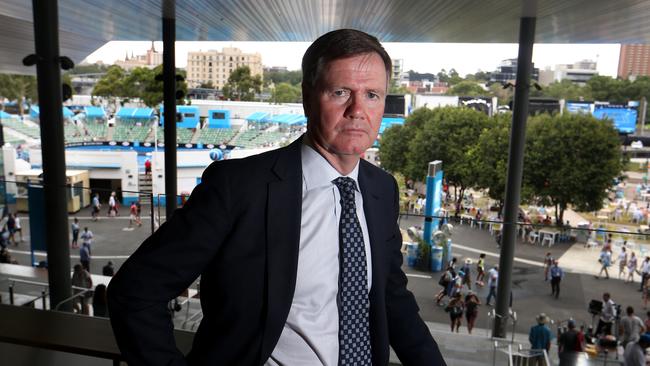
That information may come back to haunt Mitchell, a regular rich list member and once the most powerful media buyer in the country, who yesterday was hit with legal action by the corporate regulator, along with former Tennis Australia president and Sydney lawyer Stephen Healy, regarding a controversial decision in 2013 to not put its broadcast rights — the biggest source of income for the sport — to the open market.
Mitchell is accused of telling McWilliam “let’s wrap this up next week. Leave it with me”, via email, and “it would be OK and that they (Tennis Australia) would be OK and sign our document” on the phone, all while the sport was allegedly receiving superior financial offers from rival Ten Network and sports management agency IMG for the rights.
Healy says he intends “to vigorously defend the claim”, while Mitchell told The Australian yesterday he had “nothing” to say about the charges.
A Seven spokesman says: “In Seven’s experience Harold Mitchell and Stephen Healy always acted in a highly professional and proper manner, and are of the highest character and reputation.”
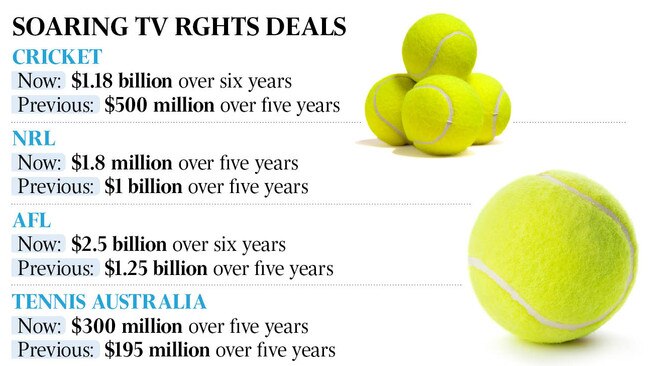
Mitchell also is alleged to have passed on confidential information from the other bidders to Seven, downplaying the interest from other networks to the Tennis Australia board, while both Mitchell and Healy stand accused of failing to ensure the tennis board was fully aware of the value of the rights.
At the time the 2013 deal was signed it was estimated to have cost Tennis Australia a cool $50 million, given it accepted an offer from incumbent rights holder Seven worth about $10m less annually over five years than rivals would have paid.
It also resulted in executives leaving Tennis Australia, board members quitting en masse in disgust over how the rights were handled and even one suing then president Healy for defamation — a case still outstanding. But the deal now seems to have been even more costly. Mitchell and Healy, the Australian regional chief executive of law firm Dentons, face the possibility of being disqualified from managing corporations, and documents released yesterday by the Australian Securities and Investments Commission lay bare the lengths television networks will go to in order to maintain their vital sports rights.
Mitchell, who only three weeks ago stepped down from the Tennis Australia board after a decade-long stint as vice-president, was principally on the board for his media expertise.
That experience was to come to the fore in 2012, when tennis began the process of exploring what its next broadcast deal might be worth.
Television rights are vital for any sports and while tennis had been able to sign a string of lucrative deals with overseas broadcasters — the Australian Open is one of only four of the global “grand slam” tournaments annually — its domestic rights were still worth a significant slice of its overall revenue.
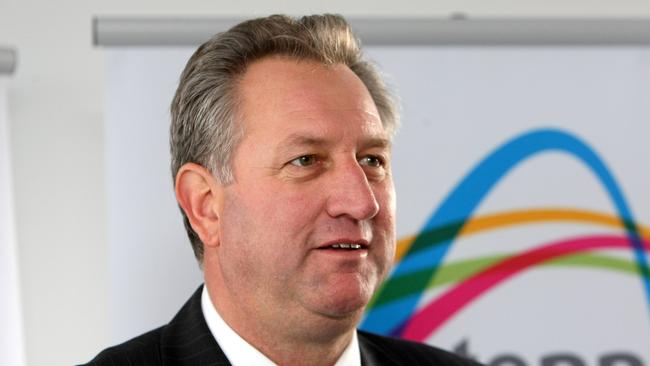
According to documents ASIC has tendered to the Federal Court, Tennis Australia, under its then chief executive Steve Wood, began discussions with networks in 2012 ahead of the January 2014 expiration of rights with Seven, then worth about $20m annually.
Seven had an exclusive negotiating period with tennis between April and September 2013 but had started pressing the sport for an extension during 2012.
Other parties to express interest to tennis executives included Nine Entertainment Co, Ten and IMG, the latter helping negotiate Tennis Australia’s international rights and recommending to the tennis board it put its domestic rights out to tender.
In the middle of 2012, sports consultancy Gemba prepared a report for tennis in which it valued the free-to-air rights at between $148m and $212m over five years, or about $30m to $42m annually.
Meanwhile, Ten told Tennis Australia senior management it would be prepared to offer more than $40m annually and even up to $50m per annum.
With so many interested parties and Seven intent on keeping its rights, the stage seemed set for a lucrative bidding war and for tennis to emerge with more money than ever.
But Mitchell was also aware of Ten’s interest and knew that Seven was concerned that it might be outbid by Network Ten.
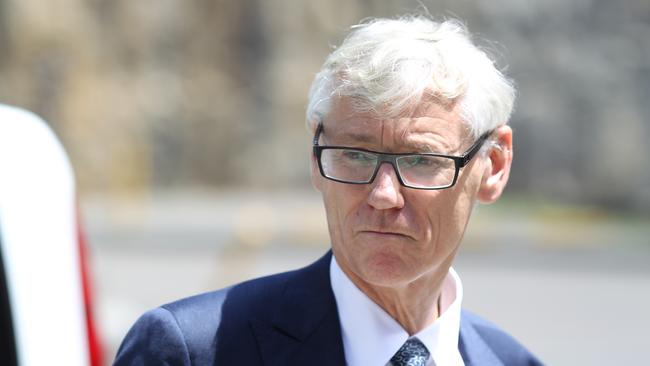
In May 2012, ASIC alleges, Mitchell passed on details of Ten’s interest in the rights to McWilliam, Seven’s commercial director and a veteran of many a rights negotiation.
McWilliam subsequently sent an internal email stating: “Sadly our friends at Ten have been speaking $40 mill a year in rights fees and while Mitchell has pooh poohed that, management of TA is aware.”
Four months later, Seven made a $125m five-year offer for the tennis rights, a $5m annual increase on the current rights at the time.
A month later in October, Mitchell emailed McWilliam and Seven’s Melbourne boss Lewis Martin. The email stated: “Let’s wrap this up next week. Leave it with me.” McWilliam replied: “Thanks Harold — agree and thanks.”
Seven was running hot at the prospect of wrapping up the deal as soon as possible.
Two further offers were made, and then another in early November that year, but Tennis Australia chief executive Wood resisted, considering the offer too low.
On November 16, 2012, McWilliam emailed Martin and Seven chief executive Tim Worner stating that he had received a call from Mitchell “saying it would be OK and that they would sign our document”.
Yet on the same day, IMG offered to acquire both the domestic and the international broadcast rights for seven years for a total fee of $210m.
Wood was keen to create competitive tension for the rights using the IMG deal, which got back to McWilliam, who emailed internally that “(t)he plain fact is the ceo of tennis australia does not want to do this deal. Harold (Mitchell) had to also jump on him (Wood) appointing IMG to sell the rights … We have to hope harold can carry the board. We should know tomorrow.”
At a Tennis Australia board meeting on December 2, 2012, the board was told of the Seven offer, but Mitchell is alleged to have convinced Wood not to bring a copy of the IMG offer to the meeting, though it was discussed verbally.
The interest of Network Ten and Nine Entertainment was mentioned but not discussed in any detail, ASIC claims.
Wood later expressed concern that the tennis board had not been provided with full information and the sport’s commercial director, Steven Ayles, was later to prepare a paper to be given to the board setting out what it should seek to achieve in regards to the rights and included the Gemba numbers, IMG offer and Seven’s bid.
In late 2012, McWilliam met with Mitchell to discuss the broadcast rights, and then reported to Seven Network executives that Mitchell “insists it is all going to plan”. IMG later tabled a $150m five-year bid for the rights.
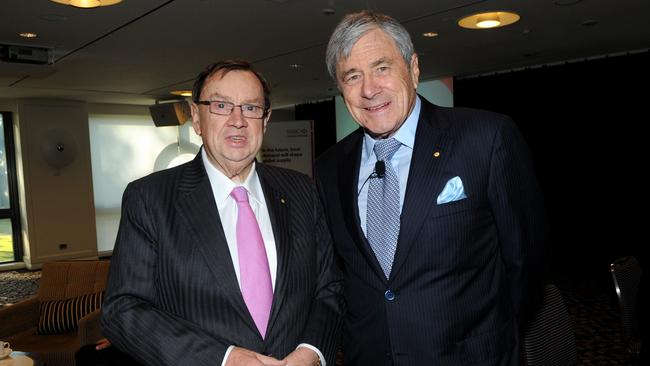
Just before then and towards the end of February — and shortly before a TA board meeting on March 4 — Seven’s billionaire chairman Kerry Stokes would write an internal email to senior executives saying: “Make no mistake, they (Network Ten) are after the tennis — they will pay a big cheque to start with a marque (sic) … We need to make sure we are there at this board meeting — let’s not take any chances. I reckon the delay has been so Ten and Foxtel can ready with a bid.”
McWilliam responded: “I will call Harold again about this. I am also worried. Harold swears we r safe but I will get onto him again.”
The Australian is not suggesting any wrongdoing on the part of Stokes, McWilliam or Martin. The subsequent board meeting was not provided with the Gemba valuation, Ayles’s paper or a copy of the latest IMG offer but did, on Mitchell’s recommendation, establish a subcommittee to oversee the rights negotiations.
It was to be chaired by Mitchell and include Healy, but it never met and conducted no business, according to ASIC.
Despite a further note from Gemba reporting that domestic sports rights were increasing markedly in value, Tennis Australia in May 2013 agreed to a $195m five-year extension with Seven for free-to-air, pay-TV and digital rights that included $173m cash. Mitchell allegedly told the board Ten would not be able to afford a big bid and Nine was not interested.
Both would later cry foul when the Seven deal was announced, with a Ten spokesman labelling it “scandalous” that tennis sold its rights without an open tender, and then Nine boss Jeff Browne saying he was told by tennis officials their expectation was “around $40m per year”.
The fallout from the deal would be significant. Mitchell would resign from the tennis board in October 2015, only to return two months later when Healy ordered an independent review of the negotiations while emailing board members to warn that an unnamed director had committed a “fundamental … breach of directors’ duties” by contacting former directors during the review.
In January 2016, and on the eve of that year’s Australian Open, directors Janet Young, Peter Armstrong and Kerryn Pratt, would quit the board — a month after Scott Tanner had resigned. Young would later launch defamation proceedings against Healy, a matter still outstanding.
ASIC would begin its investigation into the tennis affair in October 2016 and by March last year Healy would step down as president, with the board citing “business interests”. Mitchell would be appointed chairman of lobby group Free TV Australia in August 2013.
Before his departure from the Tennis Australia board in late October this year, Mitchell was still part of the sport’s latest, and historic, record-breaking rights deal with Nine that was signed in March for $60m annually to 2024. (It is paying Seven $48.5m for the 2020 Open, with Seven ending its deal a year early as it has gained cricket rights.)
The difference this time was that Nine won the rights during a competitive process.
Mitchell was lauded by current tennis president Jayne Hrdlicka when he stepped down for his “commitment to strengthening the sport and … his focus on ensuring the long-term financial health of our balance sheet”.
Yet as yesterday’s move by ASIC shows, his tennis role is like a five-set match that will seemingly never end.
His corporate roles may though, with ASIC asking for penalties, including that he and Healy be disqualified from managing corporations.
A case management hearing in the Federal Court is set down for November 30.
